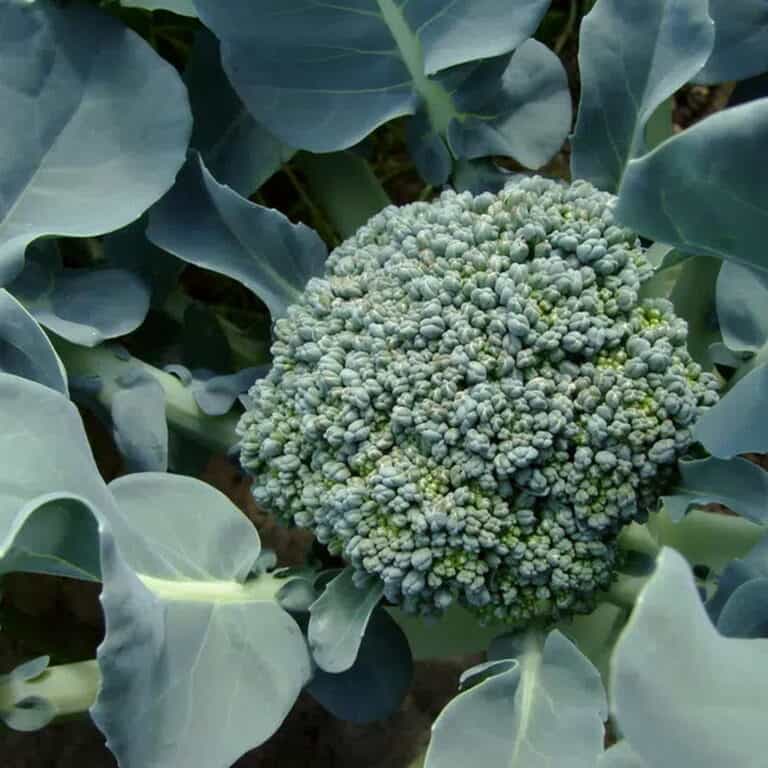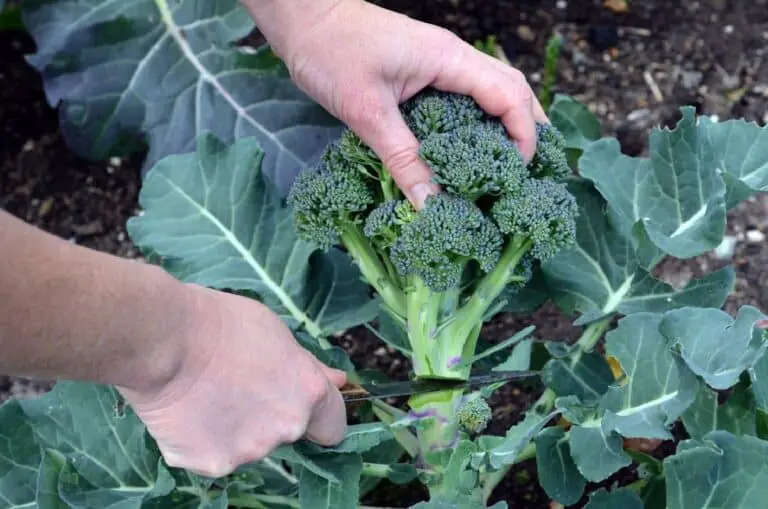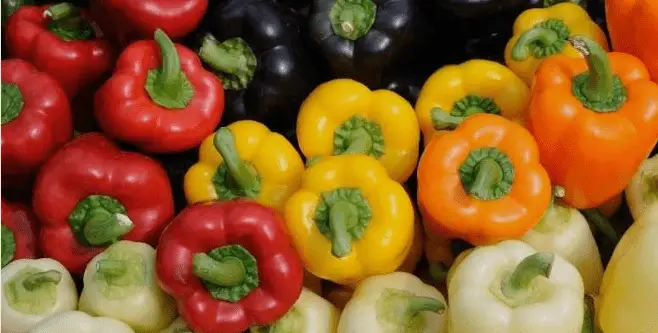Does Broccoli Have Seeds? Where Does Broccoli Seeds Come From?
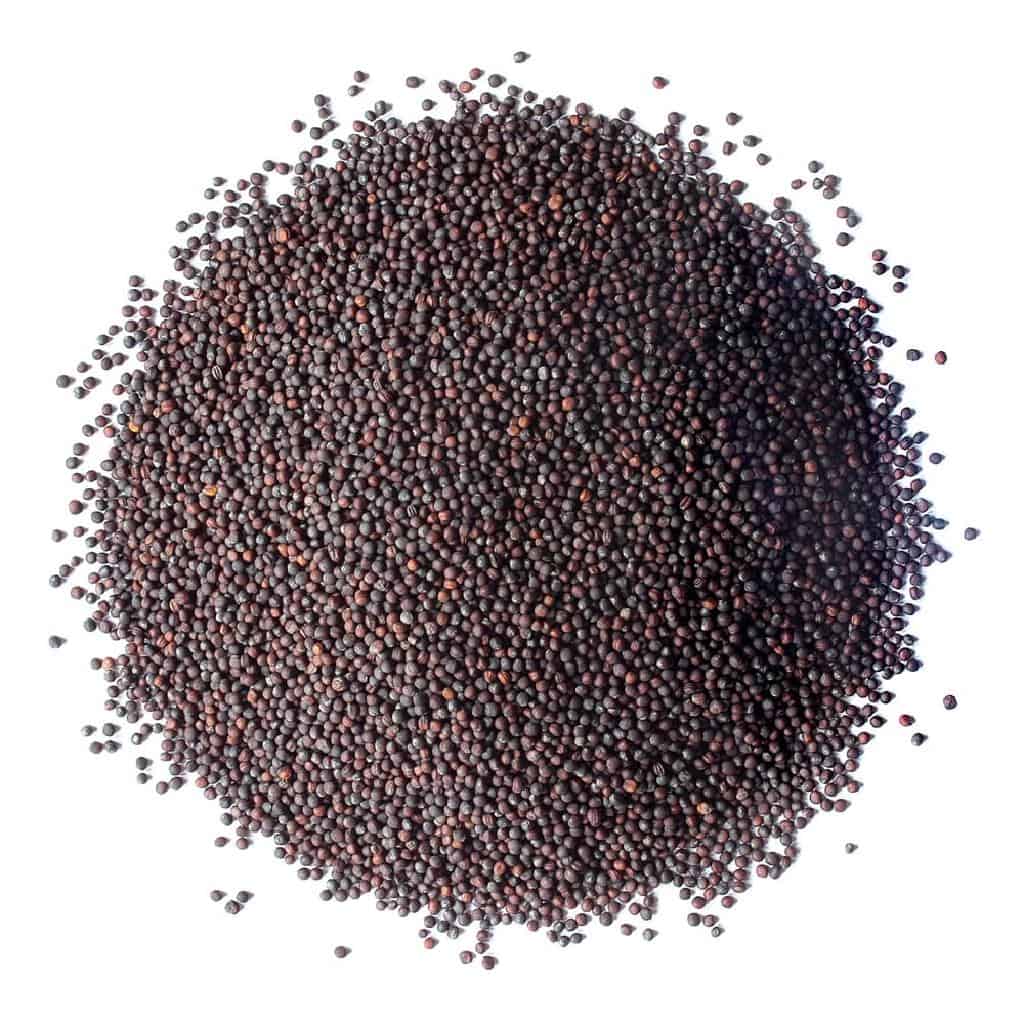
Broccoli is a delicious and nutritious vegetable that is loved by many. But have you ever wondered if broccoli has seeds? And if so, where do these seeds come from?
In this article, we’ll explore everything you need to know about broccoli seeds, including their origin, purpose, and how they are used in the food and gardening industries. Whether you’re a broccoli lover or a curious gardener, get ready to learn some interesting facts about this cruciferous vegetable!
Does Broccoli Have Seeds?
Yes, broccoli plants do produce seeds. In fact, all flowering plants produce seeds as part of their reproductive cycle. Broccoli is no exception. The seeds are small and are located in the broccoli plant’s flowers. Once the flowers are pollinated, they will produce seeds that can be harvested and used to grow new plants.
Broccoli Plant Anatomy: Understanding the Parts of a Broccoli Plant
To understand where broccoli seeds come from, it is important to first understand the anatomy of a broccoli plant. Broccoli belongs to the family Brassicaceae, which also includes other vegetables like kale, cabbage, and cauliflower. Broccoli is a cool-season crop that grows best in temperatures between 60-65°F (15.5-18°C), and it takes about 50-100 days from seed to harvest, depending on the variety and growing conditions.
A mature broccoli plant consists of several parts: the roots, stem, leaves, flowers, and seeds. The roots are responsible for absorbing water and nutrients from the soil, which are necessary for the plant’s growth and development. The stem of the broccoli plant is where the flowers and broccoli heads emerge. The leaves are attached to the stem and are responsible for producing energy through photosynthesis.
When the broccoli plant reaches maturity, it will start to produce small, yellow flowers. These flowers are the reproductive organs of the plant, and if left alone, they will produce seeds. Broccoli seeds are small, brown, and oval-shaped. They are produced inside a small pod, which is also known as a silique.
The silique is a long, narrow pod that contains several seeds. When the broccoli plant has finished flowering, the silique will start to dry out and turn brown. This is a sign that the seeds are mature and ready to be harvested. Once the silique is completely dry, it will split open, and the seeds will be exposed.
Broccoli seeds can be harvested by hand once the silique has dried out, or they can be left on the plant to self-seed. If you plan on saving the seeds for future planting, it’s important to ensure that they are completely dry before storing them in a cool, dry place.
Where Do Broccoli Seeds Come From?
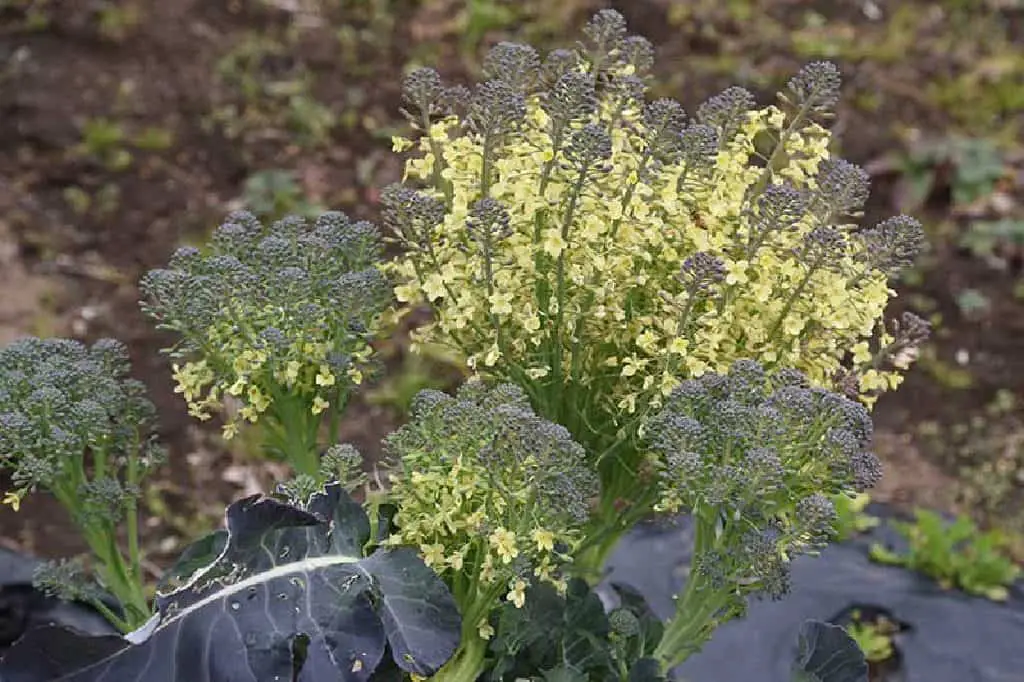
Broccoli seeds come from the broccoli plant itself. The plant will produce flowers, which will then produce seeds. These seeds can be harvested and saved for later use. The process of harvesting broccoli seeds is fairly straightforward, but it does require some patience and attention to detail.
When the broccoli plant has finished producing its florets, it will begin to produce flowers. These flowers will eventually turn into seed pods. The seed pods will start out green but turn brown as they mature. To harvest the seeds, you will need to wait until the seed pods are completely dry and brown. At this point, you can pick the seed pods off of the plant and break them open to reveal the seeds inside.
Tips for Growing Broccoli from Seed
If you are planning on growing broccoli from seed, there are a few things that you can do to increase your chances of success. Here are some tips:
- Use high-quality seeds: When buying broccoli seeds, make sure to choose a reputable supplier and select seeds that are fresh and of high quality.
- Start seeds indoors: If you live in a region with a short growing season, starting your broccoli seeds indoors can give your plants a head start and increase your chances of a successful harvest.
- Harden off seedlings: If you start your broccoli seeds indoors, be sure to harden off your seedlings before transplanting broccoli seedlings into your garden. This means gradually exposing them to outdoor conditions over a period of several days to prevent shock.
- Plant in well-draining soil: Broccoli plants prefer well-draining soil that is rich in organic matter. Amend your soil with compost or other organic material before planting your seeds.
- Provide plenty of water: Broccoli plants need plenty of water to grow properly. Water them regularly, especially during hot, dry weather.
- Watch out for pests: Broccoli plants are prone to certain pests such as aphids, cabbage worms, and flea beetles. Keep an eye out for signs of infestation and take steps to prevent or control them, such as using insecticidal soap or planting companion plants that repel pests.
- Fertilize appropriately: While broccoli plants need nutrients to grow, too much fertilizer can lead to poor-quality produce and other problems. Follow recommended guidelines for fertilization and avoid over-fertilizing.
- Thin seedlings: Once your broccoli seeds have sprouted, thin them out to ensure that each plant has enough space to grow properly. Crowded plants can lead to stunted growth and poor yields.
- Plant at the right time: Broccoli seeds can be planted in either the spring or fall, depending on your location and climate. Check with your local gardening center or extension office to determine the best planting time for your area.
By following these tips, you can increase your chances of successfully growing broccoli from seed and enjoying a bountiful harvest of this nutritious and delicious vegetable.
What Is the Best Way To Grow Broccoli
Broccoli thrives in well-draining soil, so it is important to make sure the soil is not waterlogged. If the soil does not drain well, you can amend it with sand or perlite to improve drainage. Broccoli plants also need consistent moisture, so it is important to water them regularly. Avoid overhead watering, as this can lead to fungal diseases. Instead, water the plants at the base.
To plant broccoli, start by preparing the soil. Clear any weeds or debris from the area where you will be planting. Add compost and a balanced organic fertilizer to the soil and work it in well. Broccoli is usually planted from transplants, which can be purchased from a nursery or started from seeds indoors. If starting from seeds, start them indoors six to eight weeks before the last frost date in your area.
Once the transplants are ready to be planted, dig a hole that is slightly larger than the root ball of the plant. Gently remove the plant from its container and place it in the hole. Fill the hole with soil and press it down firmly around the plant. Water the plant well after planting.
Broccoli requires regular maintenance to grow properly. It is important to keep the soil moist and to feed the plants once a month with a balanced organic fertilizer. Broccoli plants also need to be protected from pests and diseases. Common pests that affect broccoli include aphids, cabbage worms, and flea beetles. These pests can be controlled with insecticidal soap or other organic pest control methods. Broccoli is also prone to fungal diseases, which can be prevented by providing good air circulation and avoiding overhead watering.
Harvesting broccoli is easy. Broccoli is ready to be harvested when the head is fully formed and still tightly packed with buds. Cut the head off with a sharp knife, leaving about six inches of stem attached to the plant. After harvesting the main head, smaller side shoots will begin to form and can be harvested as well.
Broccoli Common Problems and Solutions
Broccoli plants are susceptible to several problems, including environmental stress factors, pests, and nutrient imbalances. Here are some common problems and solutions:
Environmental Stress Factors
If the temperature is too hot or too cold, the plants may not grow well or may bolt before producing any broccoli heads. To avoid this, plant broccoli in cool weather and provide shade during hot spells.
If the soil is too dry, the plants may wilt or become stunted. Water the plants regularly to keep the soil moist but not waterlogged.
Pest and Disease Control
Aphids, cabbage worms, and slugs are common pests that can damage broccoli plants. To control these pests, use an organic insecticide or handpick the insects off the plants.
Downy mildew is a common fungus disease that can cause yellowing and wilting of the leaves. To prevent downy mildew, avoid planting broccoli in areas with poor air circulation and remove infected plant material promptly.
Nutrient Imbalances
Broccoli plants require a balanced supply of nutrients to grow and produce healthy heads. If the soil is deficient in certain nutrients, the plants may show signs of nutrient deficiencies such as yellowing leaves, stunted growth, or poor yields.
To correct nutrient imbalances, amend the soil with organic matter or apply a fertilizer that contains the missing nutrients.



